
Population
Area
Form of government
Currency
Capital
Official languages
Religions
Country phone code
National Day
Little Estonia often stands out in the news as a role model. Top results in the PISA study on student learning success? Check. NATO’s two percent target for defense spending? Met. Lowest national debt ratio in the entire EU? That, too. And when it comes to digitization, Estonia is at the forefront, with digital parliamentary elections, ID cards and medical records. There’s even digital citizenship, which allows foreigners to set up businesses in Estonia.
So have Estonians turned into a society of soulless tech fanatics? Not at all. Somehow, they also manage to nurture their cultural heritage with at least the same vigor with which they have pushed modernization. First and foremost, there are the famous Singing Festivals, which take place every five years at the Singing Festival Square in the capital city of Tallinn. Folk songs and dances are performed by choirs and clubs throughout the country. For music connoisseurs, Estonia has long been an interesting place, for example through composer Arvo Pärt or top-class ensembles such as Vox Clamantis.
The costumes for the singer festivals are hand-tailored and then proudly presented. The traditional diamonds and floral patterns are creatively crafted by designers and sold in chic boutiques in Tallinn. Design is ubiquitous in general: even upon arrival at Tallinn Airport, one lands in a styled feel-good oasis rather than the cool functional building one might have expected from an airport. Some neighborhoods in Tallinn, such as the Rotermann Quarter on an old industrial site or Port Noblessner around a submarine yard owned by a scion of the Nobel dynasty, look like playgrounds for architectural experimentation.
You can experience many such surprises on a trip to Estonia. Despite its small population – Estonia has fewer inhabitants than Portland, Bucharest or Hamburg – it is a dynamic, creative and diverse country. If you are interested in culture and history, there is a real mosaic of historical traces to discover. The already mentioned choir and design traditions are Scandinavian, as well as many banks and other large companies. The history of the coastal Swedes is exciting, which can still be discovered in West Estonia and on the islands in the form of Swedish names of places and in museums. Today, the names of many hotels and restaurants are again Baltic German, but the imprint goes much deeper. Architecture, literature, art – the centuries-long influence of the German-Baltic “barons” is visible everywhere. Even today you can find German names everywhere in the country, in cemeteries, churches, manors and castles. The most visible traces of the Soviet era are the huge satellite towns around the cities, but even in small villages you often come across an apartment block of a nearby former collective farm. A legacy of the Soviet era is also the large Russian minority, which represents about 90% of the population in the border town of Narva, for example, and whose integration into the still young state is a challenge.
Between all these historical traces, however, you will find something else on a trip through Estonia: Deceleration. The population density is less than 1/7 that of Germany. Away from the cities and the few main roads (the highway “network” is limited to a few kilometers around Tallinn), lonely and quiet nature awaits. The large marshland of Soomaa and the bird resting places in the Vilsandi National Park are natural treasures of international standing. This is also part of a trip to Estonia: that you look alone at a beautiful beach into the sunset and ask yourself why no one else is there.
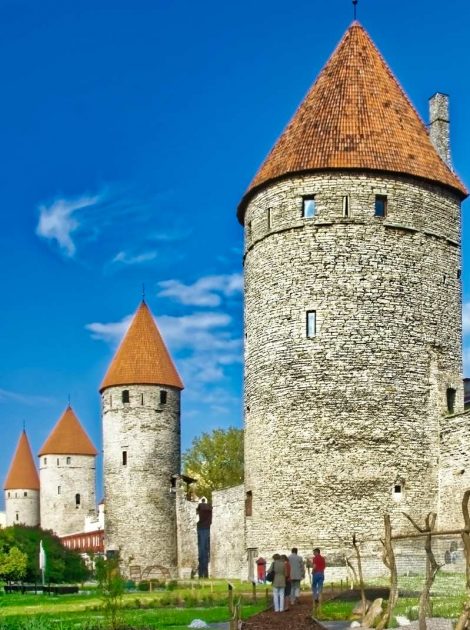
About a third of all Estonians live in the capital Tallinn on the Gulf of Finland. The former Hanseatic city has undergone a rapid transformation in recent years. The medieval old town center and Soviet-influenced outskirts with many exciting buildings have been joined by numerous creative hotspots. It is these contrasts that make a visit to Tallinn so interesting and attract numerous tourists every year.
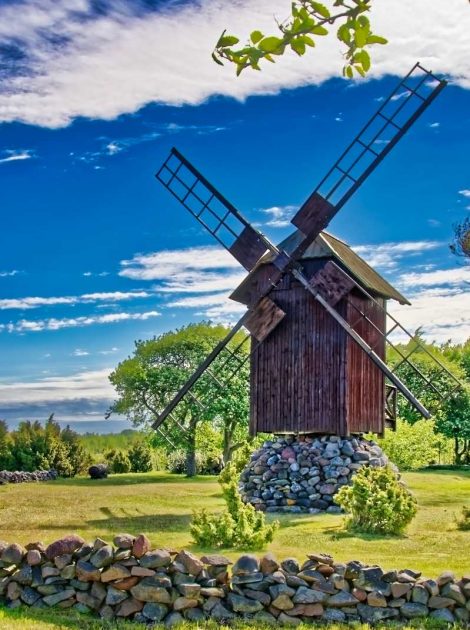
Estonia has exactly 2222 islands in the Baltic Sea. The largest of them, Saaremaa and Hiiumaa, are part of the Moonsund Archipelago and the UNESCO West Estonian Archipelago Biosphere Reserve. Due to their formerly quite isolated location, life here is still noticeably different than on the mainland. Picturesque lighthouses, pretty old windmills and, above all, a lot of relaxation and tranquility await you here.
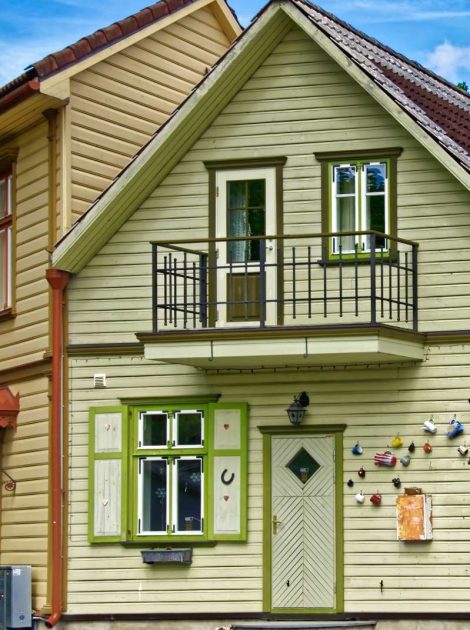
Forests, swamps and national parks with numerous bird species – it hardly gets more beautiful and unspoiled than here on the west coast of Estonia. The idyllic landscape also hides numerous historic churches and red wooden houses, which provide a Scandinavian flair. Pärnu, the most important city in the region, is also very popular with Estonians and is also considered Estonia’s summer capital.
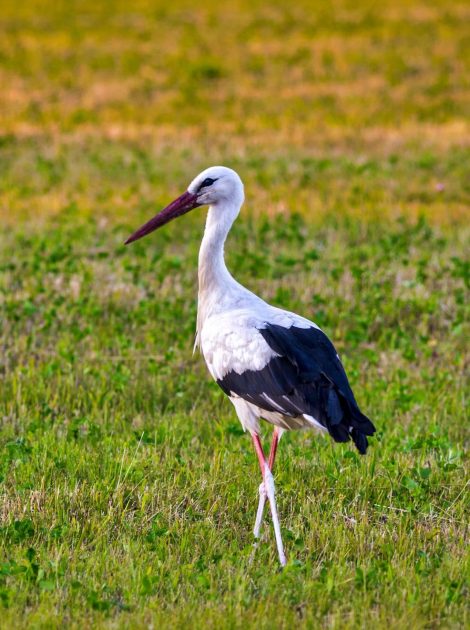
The heart of Estonia around the counties Raplamaa, Järvamaa and Jõgevamaa is still uncharted territory for many tourists. This has its advantages, because you can enjoy the nature with its bogs and karst areas in peace. In the small towns of Paide and Põltsamaa you can also marvel at old castle ruins.
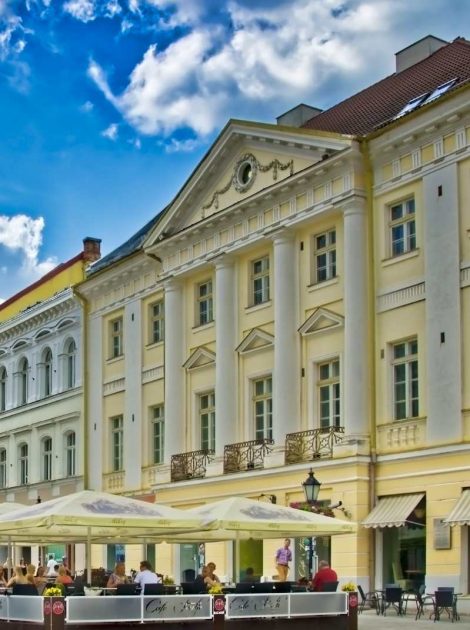
Countless lakes and forests characterize the south of the country, and it is also hilly by Estonian standards. In the far southeast lies the homeland of the Seto, a minority known primarily for their songs and traditional lifestyle. Tartu is the country’s second largest city and home to Northern Europe’s oldest university. Here, hip culture and student life meet a historic old town core – an exciting mix and therefore one of the most beautiful destinations in all of Estonia.
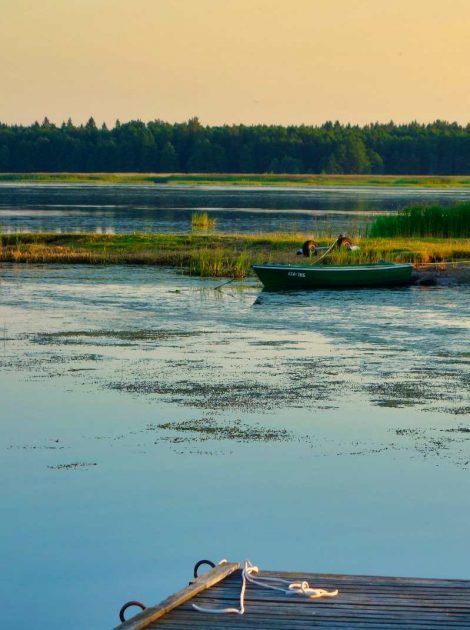
The northeast of Estonia is mainly characterized by the two important cities of Narva and Rakvere. Many members of the Russian minority live here, making for an interesting cultural mix. Rakvere, on the edge of Lahemaa National Park, is best known for its castle ruins, while Hermann’s Fortress in Narva, the best preserved in the country, stands guard over the Russian border on the Narva River. Opposite it, in Ivangorod, Russia, also stands a fortress. Along the chic riverside promenade, you can get an overview of what is certainly the most beautiful of all the EU’s external borders – good photo opportunities guaranteed.
To prepare your trip even better, we have created a packing list for you. It contains recommendations for things that will make your trip more comfortable and secure.
Finding cheap flights with good connections is not always easy. We are pros at finding the cheapest and best flights. Here we share our experiences with you.
Money withdrawel can be extremely expensive. Especially those who pay a lot with foreign currencies should therefore have a travel credit card, which is free of charge or offers low fees. We tested the best.